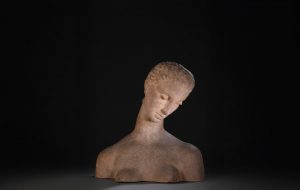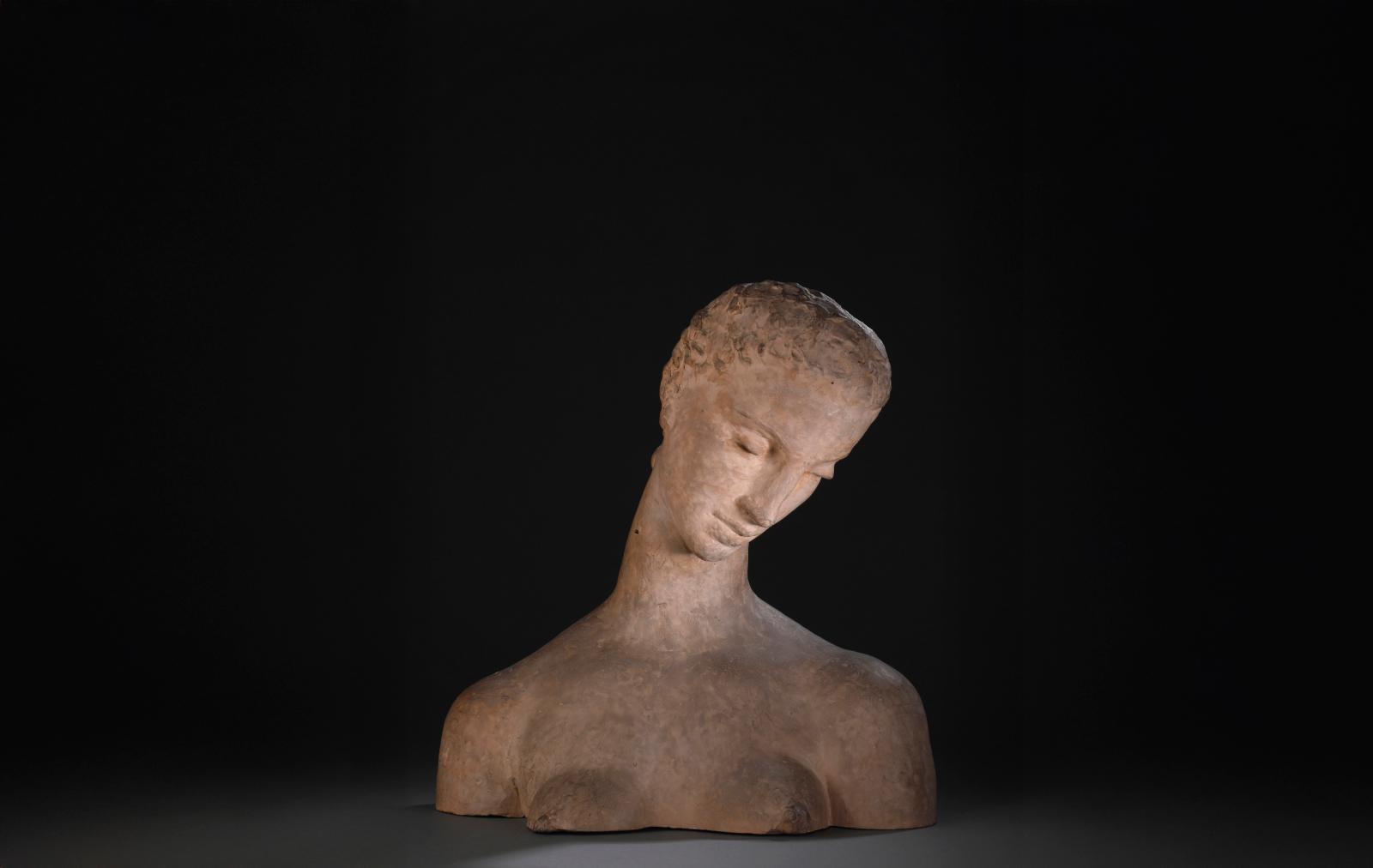Lyon & Turnbull announces results of ‘Five Centuries’ auction in Edinburgh

EDINBURGH.-Lyon & Turnbull’s Five Centuries auction in Edinburgh on September 2-3 was hugely successful – thanks in no small part to a selection of furniture and works of art from Balcarres House, Fife, home of the Earls of Crawford & Balcarres. Balcarres House, commanding a view across the Firth of Forth, has been home to the Lindsay family since 1595. The 206 lots of furniture and works of art provided a cross-section of life in a grand country mansion – and evidence that the British country house look has never really fallen from fashion. A total of 1836 bidders registered for the sale – some 1626 of them choosing to participate across four online bidding platforms.
“The collection provided a rare glimpse into another world and a time gone by, and it truly captured the spirit we aim to achieve in our ‘Five Centuries’ auctions” said specialist and Head of Sale, Douglas Girton. “From the rare and beautiful study of Bacchus and Ariadne by Giuseppe Piamontini (1664-1742), to the barn-found objects such as a rare Victorian bicycle, buyers responded with huge enthusiasm”.
“It was thrilling to witness such lively bidding across all collecting categories. I was particularly encouraged to see so much interest in traditional 18th century furniture, which goes against everything we’ve been hearing recently. I’m delighted for our vendors, who’ve had to wait so long to see their items go under the gavel. It was worth the wait!”
The 27cm high Piamontini terracotta represented an exciting addition to the sculptor’s oeuvre. Giuseppe Piamontini was a close follower, only 12 years younger, of Giambattista Foggini (1652-1725), founder of the school of Florentine late Baroque sculpture. In fact, this particular model, known in a number casts, was once attributed to Foggini before a full-size marble version dated 1732 and signed by Piamontini came to light in 1991. Dr Charles Avery, former deputy keeper of the department of sculpture at the V&A Museum was invited to properly research and catalogue the piece for sale. He described it as “an experimental working sketch model or bozzetto… [with] some ravishing details that clearly reflect modelling by hand with a stylus and the sculptor’s fingers”. It trebled its estimate to sell at £16,250.*
Balcarres House offered some exceptional textiles. Foremost among these was a rare 17th century Indo-Portuguese embroidered coverlet worked in chain-stitched yellow silk on a cotton ground with a central profile portrait of a ruler within bands of musicians, hunters, boats, fish and animals. Coverlets of this type (often referred to by the Portuguese term ‘colcha’) are associated with the Bengali port city of Satgaon and were produced primarily for export during the mid-16th to the mid-17th centuries. The embroidery techniques are indigenous to India but the subject matter and monochrome palette reflect European tastes. Similar pieces are in a number of major museum collections. It too went well over expectations to sell at £18,750*. “I was gratified to see a rare item like this, which I found deep in an antique store amongst a pile of disused curtains and textiles, get the attention it deserved” commented Douglas Girton.
Sold for £9,375* was a Flemish mythological tapestry depicting a scene from the tragic love affair between Dido, founding Queen of Carthage, and Trojan hero Aenaes. Probably made in Bruges c.1700, this tapestry depicts an early episode in the story in which Cupid disguises himself as Aenaes’ younger brother to offer gifts to Dido in return for refuge and shelter.
One of the most eagerly competed lots – estimated at £2,000-3,000 but sold at £17,500* – was a French Empire period mantel clock c.1820 combining a twin-train eight-day movement by Paris maker Hunziker with a spectacular 55cm high marble and pieta dura case. Recalling the work of the Grand Ducal workshops in Florence, it featured pilasters and a dial in lapis lazuli pilasters, high relief pietra dura garlands of ribbons and fruit and gilt bronze mounts.
More typical county house furnishings sold with gusto. An array of 19th and early 20th century upholstered furniture was particularly popular with a pair of 7ft 4in (2.25m) late Regency rosewood framed sofas bringing £15,000*. Sold at a multiple of its estimate for £7,500* was a textbook 1.12m high ‘tavern’ clock with a japanned chinoiserie scene to the case and a white painted dial inscribed Haley, London. It was probably by Charles Haley, a distinguished maker who, working from Wigmore Street, was a member of the Clockmakers Company from 1781-1823.
Two of the quirkier lots from the house, both indicative of life at the upper echelons of Victorian society, were a rare microscope and a late 19th century patent bicycle.
Microscopy became a gentlemanly pleasure in the 19th century – the perfect tool for broadening the enquiring mind. Bringing an unexpected £10,000* was an early model from the ‘brass and glass’ era of microscope production, a 48cm high brass monocular compound and simple non-inclining microscope made to a design published by Andrew Pritchard (of 162 Fleet Street) in 1834 but bearing the maker’s label for Hugh Powell (1799-1883). Relatively little is known about Powell during these early years (he appears to have worked as a supplier for the instrument trade before he set up on his own) although by 1842 he had formed the partnership with his brother-in-law, Peter Lealand that as Powell & Lealand would become the best-known name in Victorian microscopy. This rare model came it is mahogany travel case complete with additional lenses and accessories.
Sold at £5,250* was a rare lever-driven safety bicycle made by the Northfleet Engineering Company, Kent. Safety bicycles such as this with ‘diamond’ shaped frames and equal sized wheels emerged in the late 1880s offered an alternative to the high-wheelers. This variation dated to c.1897 has a five-speed gear system and an unusual drive train in which the pedals are connected to cables which pull the wheels forward via a coil and pulley system. In rust-covered condition and missing a wheel not everyone would have guessed it was a piece of such great value.
The Earl of Crawford is one the most ancient extant titles in Great Britain, created for Sir David Lindsay in 1398, who married a daughter of Robert II. The title has stayed with various branches of the Lindsay family ever since.
Lord Balniel and heir apparent to the 29th Earl of Crawford, commented “I was thrilled with the results of the Balcarres property included in Lyon & Turnbull’s Five Centuries auction. It was a great surprise to find that pieces long-owned by the family, and hidden away in our attics, commanded such good prices – in particular the rare ‘Northfleet’ bicycle seemed to have proved a real hit with bidders.”










